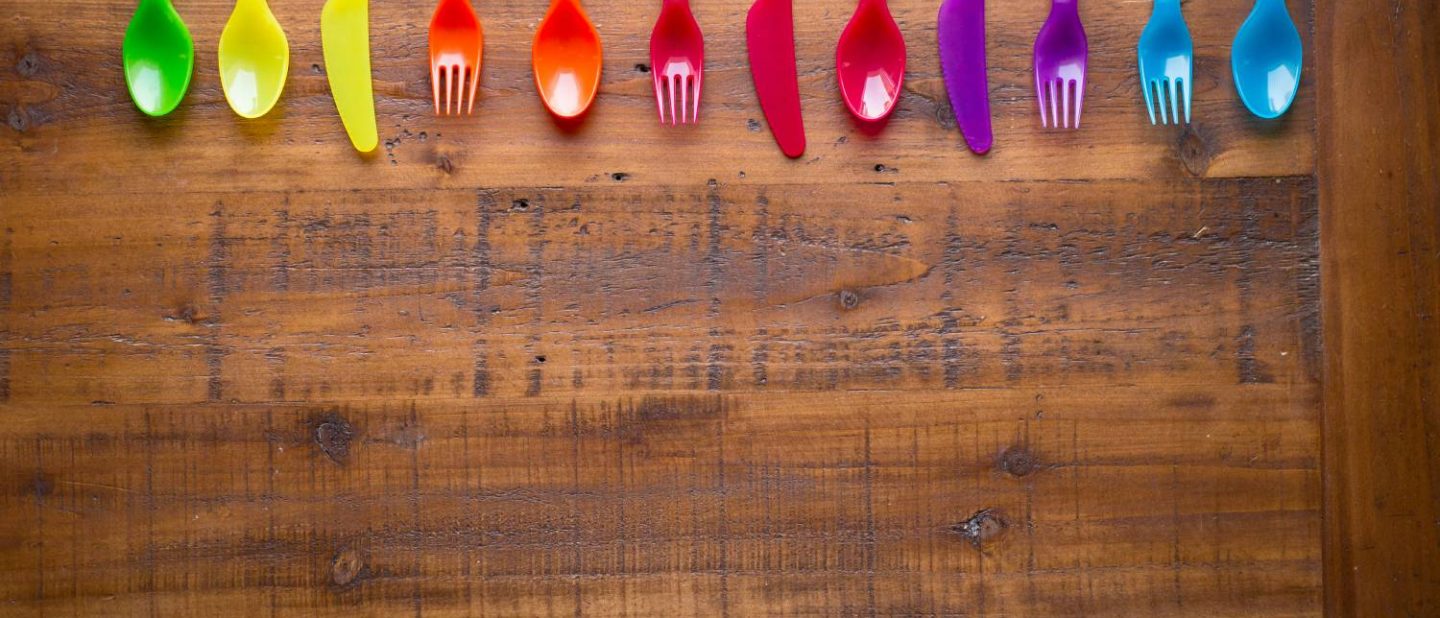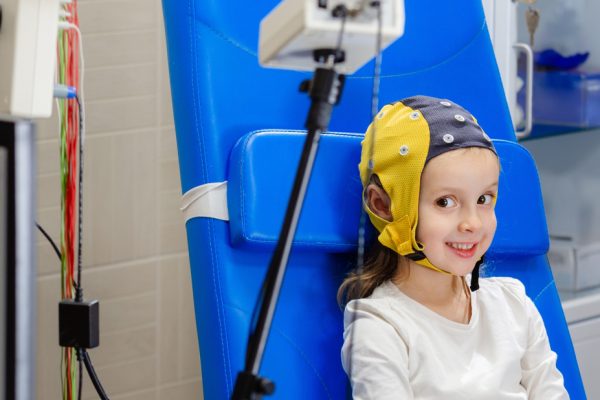
Managing cutlery – OT tips to help your child
Mealtimes are tricky! Not only do we want our kids to eat the right foods and try new foods without an argument but we want them to eat nicely with cutlery, cope with the social components of mealtimes AND be grateful to the cook!
Consider the following when supporting the development of your child’s skills using cutlery:
- Your child’s age. As soon as your child can maintain their sitting balance in a high chair and is enjoying soft foods, it’s okay to give them a spoon to play with and start to ‘dip’ if you want them to. At this stage it’s more about how much mess parents are happy to accept! Between 18-24 months most children have the skills to feed themselves a meal with a spoon. Remember to have your child well supported – in a highchair initially, then with feet well supported rather than just hanging, in a booster type seat so the table is at elbow rather than chin height!
- Adequate fine motor skills and bilateral hand skills (use of two hands together) are necessary for managing cutlery. Introduce the spoon first – just dipping in puree (e.g. thicker yoghurt, mashed veg) and getting to the mouth is a good first step. Don’t use anything too runny as in the first stages your child WILL tip the spoon over – better if the food sticks to the spoon! Of course at this stage the adult will still need to have a spoon and be feeding your child too. From there try ‘poking’ firmer foods with a fork. It’s helpful to introduce cutting outside of mealtimes. For example, cutting play dough sausages (start with ‘thin sausages’, make them ‘fatter’ as skills develop) or cutting lettuce and tomato for a salad. At this stage, one hand holds the food/play dough, the other does the cutting (leave the fork out of the equation initially).
- What type and size cutlery? I prefer the Tommee Tippee ‘My First Cutlery Set’ range of children’s cutlery, as they have specially moulded handles with a clear place for the index or pointer finger to sit. This range, however, is not great for cutting firmer foods, so consider a different knife for things like the salad tomatoes. As you transition your older child to ‘grown up’ cutlery at around six or seven years old, try putting a sticker on top of the handle, to give the same idea of where the index finger goes.
- Motivation. Pick your battles. If you have a child who is a super picky eater and you’re trying to develop their skills in eating a range of foods, it’s not the best time to be worrying about cutlery use. In fact, sensory exploration of food with hands is important in the beginning. It’s time to challenge children to use cutlery for a few soft foods when they are motivated and happily eating.
Robyn Duregger – Paediatric Occupational Therapist
and Clinical Director, North Coast Therapy, Sunshine Coast QLD
www.facebook.com/nctherapy





